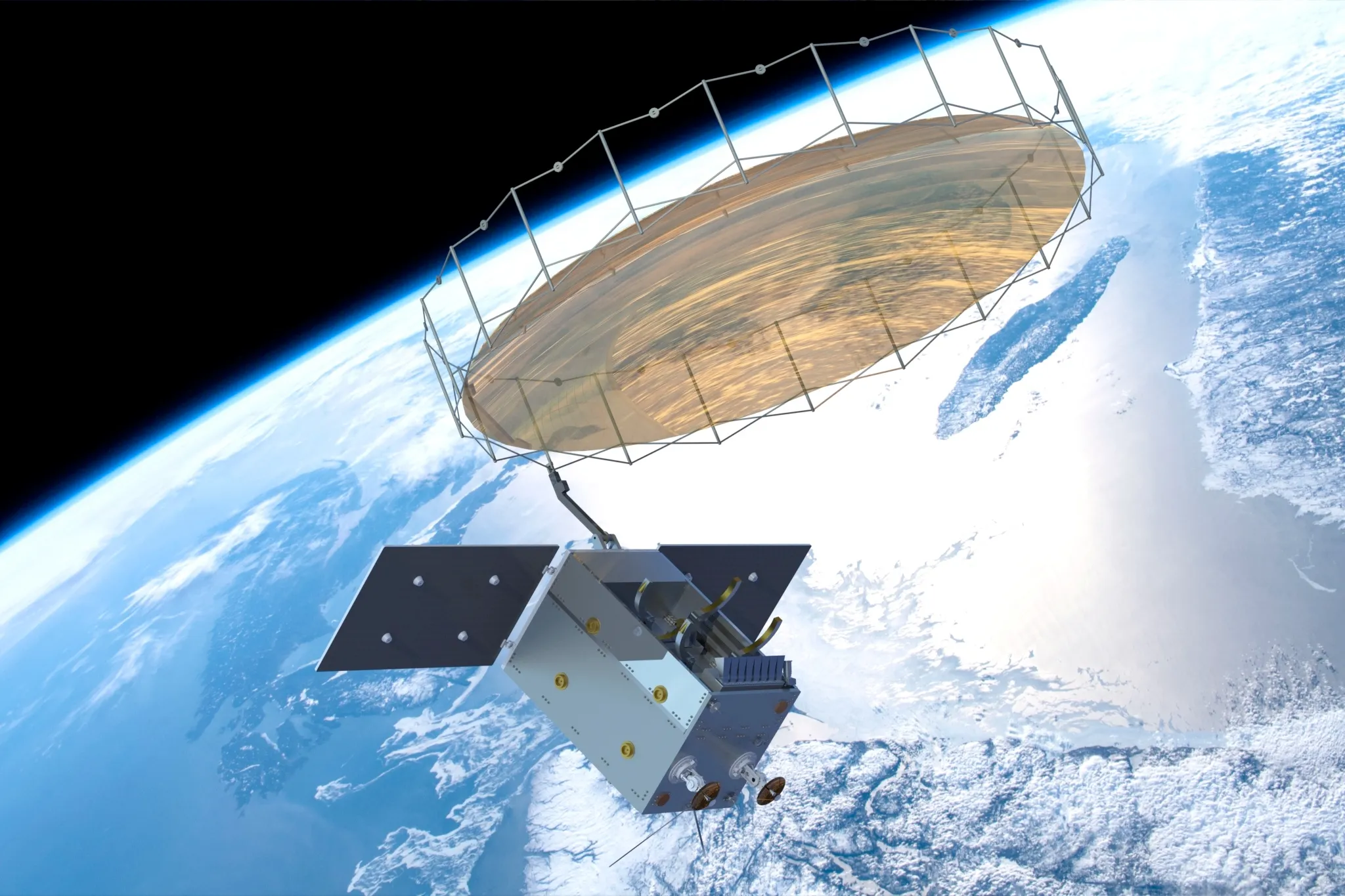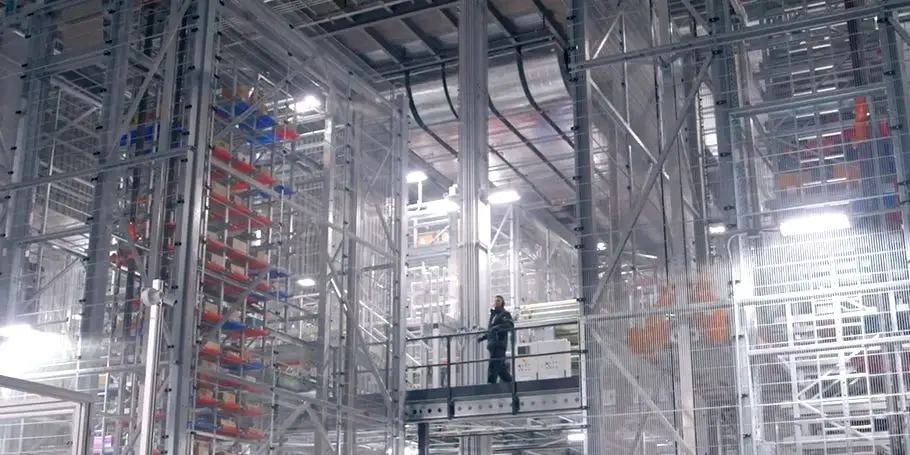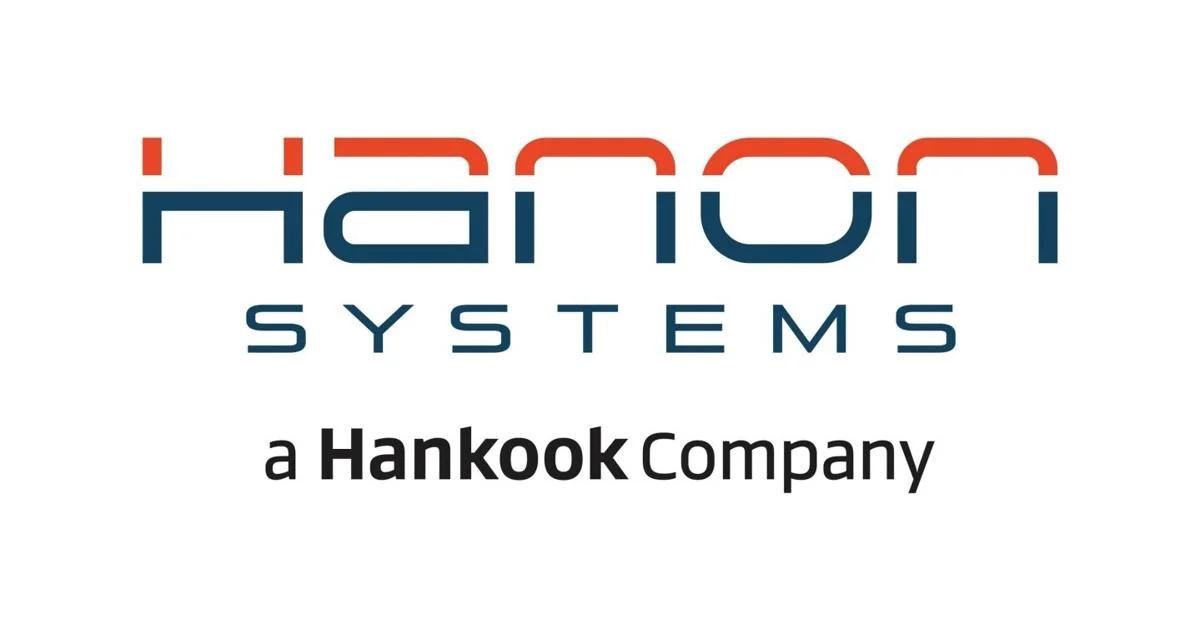
PARIS — Space Norway and Surrey Satellite Technology Ltd. (SSTL) are working together on a radar satellite for maritime domain awareness, the first of potentially several such spacecraft.
The two companies announced Sept. 19 that they are collaborating on a satellite with a C-band synthetic aperture radar (SAR) optimized for collecting data over large parts of the ocean. The 400-kilogram satellite is scheduled to launch in early 2027 on a SpaceX rideshare mission.
The focus of the satellite will be to monitor the North Atlantic region. “The North Atlantic has a lot of energy infrastructure, fisheries and underwater cables that are basically not monitored today, or not very well,” said Alex da Silva Curiel, head of international business at SSTL, in an interview during World Space Business Week. “This system is going to provide that level of security and monitor the entire North Atlantic on a regular daily basis.”
SSTL is building the satellite while Space Norway is providing the payload and will operate the satellite. The companies say the spacecraft is unique in that it can collect high-resolution SAR data over a wide swath to track ships, correlating that with an Automatic Identification System (AIS) sensor also on the spacecraft.
“Once operational, the satellites will offer a unique capacity for surveillance of large areas with a real-time high resolution, and we look forward to offering this to the global market,” said Marte Kalveland, director of Earth observation and innovation at Space Norway.
The initial customer for the satellite is the Norwegian armed forces, she said, but capacity will be available on the satellite for other customers, such as those who want to use the satellite to monitor other regions of the globe.
The satellite is the first in a proposed constellation of six satellites that would be able to provide monitoring of the North Atlantic every few hours. The companies said they could add satellites to meet the needs of additional customers.



